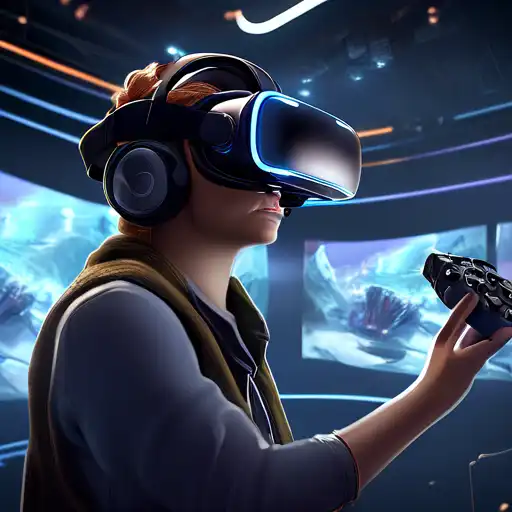Understanding the Complexities of VR Content Development
Virtual Reality (VR) has emerged as a groundbreaking technology, offering immersive experiences that were once the stuff of science fiction. However, developing content for VR presents a unique set of challenges that creators must navigate to deliver compelling experiences. This article explores the hurdles in VR content creation and offers insights into overcoming them.
Technical Limitations and Hardware Diversity
One of the primary challenges in VR content development is the technical limitations and the diversity of hardware. VR experiences require high frame rates and resolutions to prevent motion sickness, demanding powerful hardware. Moreover, the fragmentation in VR devices means developers must optimize content for multiple platforms, each with its own specifications and capabilities.
High Development Costs
Creating VR content is often more expensive than traditional media. The need for specialized software, hardware, and skilled personnel can significantly increase production costs. Additionally, the iterative process of testing and refining VR experiences to ensure they are immersive and comfortable for users adds to the financial burden.
User Experience and Accessibility
Designing for VR requires a deep understanding of user experience (UX) principles tailored to immersive environments. Developers must consider factors such as locomotion, interaction models, and user comfort to create accessible and enjoyable experiences. Ensuring that VR content is inclusive and accessible to a wide audience, including those with disabilities, is another critical challenge.
Content Innovation and Storytelling
VR offers new possibilities for storytelling and content innovation, but it also requires creators to rethink traditional narratives. The immersive nature of VR demands interactive and engaging content that leverages the medium's strengths. Finding the right balance between interactivity and narrative coherence is a constant challenge for developers.
Overcoming the Challenges
Despite these hurdles, the future of VR content development is bright. Advances in technology are gradually reducing hardware limitations and costs. Meanwhile, the growing community of VR creators is sharing best practices and innovative solutions to common problems. By focusing on user-centered design and embracing the unique opportunities of VR, developers can create unforgettable experiences that push the boundaries of digital media.
For those interested in exploring more about VR and its applications, check out our articles on VR Technology Trends and Immersive Storytelling Techniques.
